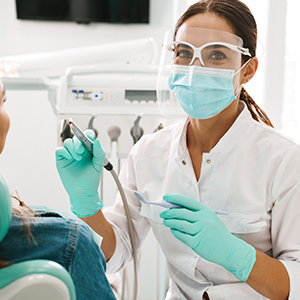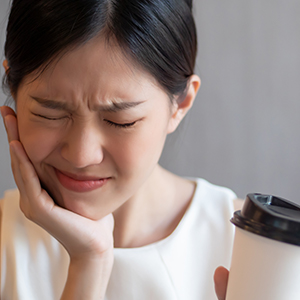Here at Southlake Family Dentistry, we want all of our patients to have the healthiest and strongest teeth possible. However, there are several bad habits we often see that can hurt your teeth. Many of these habits can lead to tooth damage, cavities, and staining. While we’ve seen a multitude of practices that harm your teeth, here are the top five.
- Smoking
Smoking is terrible for almost every function of your body, including your teeth and mouth. Not only does tobacco stain the teeth, causing yellowing, but several health risks have to do with your mouth. For starters, smoking can lead to severe gum disease, bad breath, increased loss of bone in the jaw, and an increased risk of oral cancer. If you haven’t quit smoking, we highly suggest quitting to reduce your risk of developing any of these dreadful conditions.
- Drinking Coffee
Drinking coffee seems like a necessity to some, especially to our working individuals. But you might not be aware that it isn’t good for your teeth. The most obvious reason is that it causes staining. The drink is dark in color, and if you drink coffee every day, your teeth are probably a bit more stained than non-coffee drinkers. Coffee also sticks to your tongue, causing bad breath or halitosis. But don’t worry, there are alternatives! Try drinking green tea or eating a large and nutritious breakfast instead. And if you must have coffee, just brush your teeth afterward.
- Eating Chewy or Hard Candy
Most foods with high sugar content are not going to be good for your teeth. But if you’re going to stay away from one thing, it should be chewy or hard candies. Harmful bacterias feed off of the sugars and turn into an acid, which erodes your teeth. This process eventually leads to cavities, which can be annoying and painful. You can avoid this by staying away from hard or chewy candy, and if you decide to eat some, brush and floss right after.
- Nail-Biting
Almost every person has bitten their nails at some point in their lives. But nail-biting is a more problematic habit to break for some. The routine can wear at the enamel of your teeth, eventually leading to cracking, chipping, and weakness. If you or your child struggles with nail-biting, The American Academy of Dermatology Association provides a list of ways to break the habit. Save your teeth and break the habit as soon as possible!
- Eating Ice
This last bad habit isn’t too obvious but can still cause damage. Tooth enamel is the hardest substance in the human body, but that does not mean it’s invincible. Chewing ice can damage your enamel, even causing cracks or chips in your teeth. Avoid this risk and just wait for the ice to melt.
Don’t let your teeth suffer damage from any of these bad habits. Contact Southlake Family Dentistry for any questions regarding your teeth, or visit our website to schedule an appointment.




